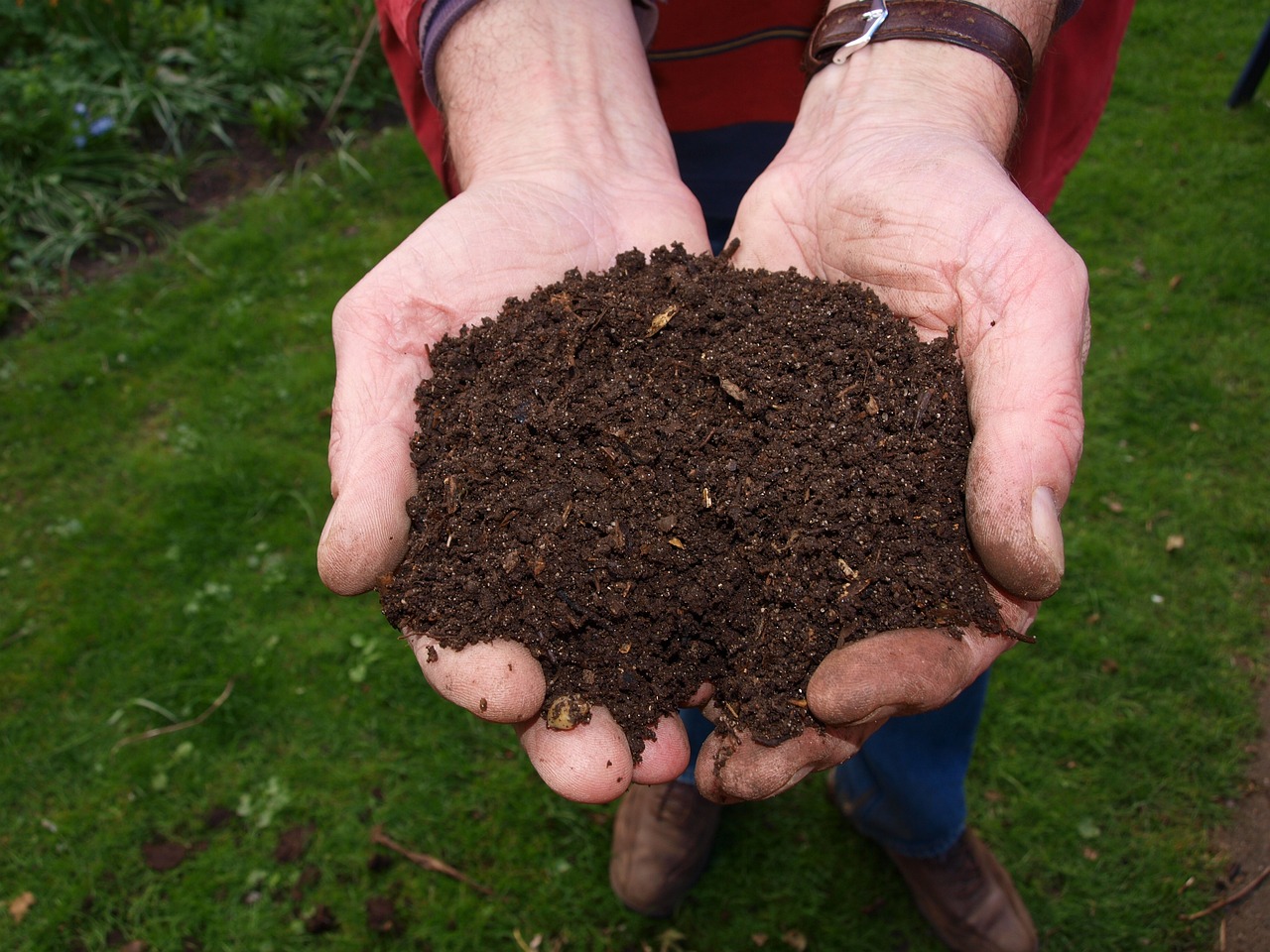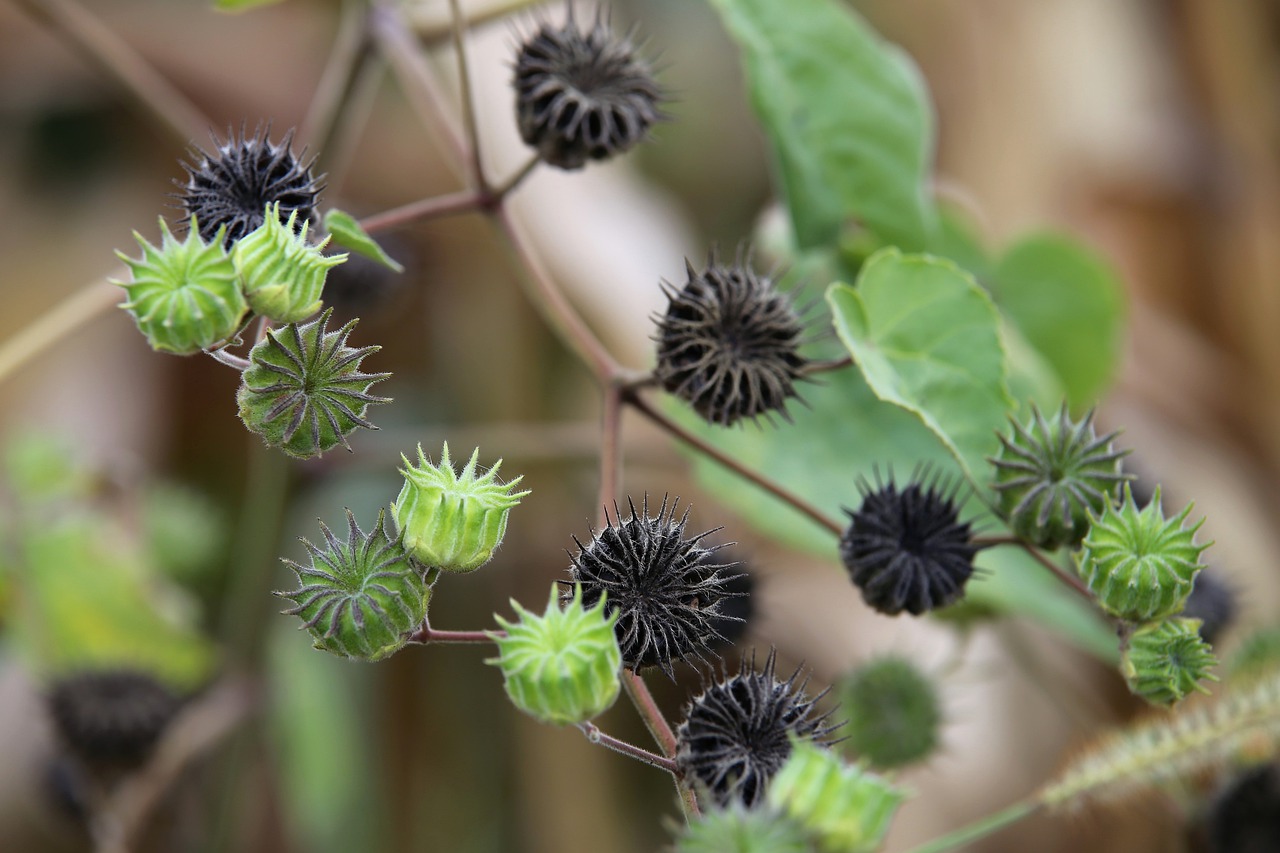
Image by Joke vander Leij from Pixabay
Are you a passionate gardener looking to create your own potting soil mix for your outdoor plants? Look no further! In this article, we will provide you with DIY potting soil recipes that will help your plants thrive in the great outdoors. Whether you’re growing flowers, vegetables, or herbs, having the right soil mixture is essential for ensuring healthy and vibrant plant growth.
By making your own potting soil, you can save money and have complete control over the ingredients used. We will explore various recipes that incorporate different organic materials, such as compost, peat moss, and vermiculite, to create a nutrient-rich and well-draining soil blend. We will also discuss the importance of pH balance and how to adjust it to suit your specific plants’ needs.
With these DIY potting soil recipes, you can tailor the soil to meet the unique requirements of your outdoor plants, ensuring they receive the nutrients and drainage they need for optimal growth. Get ready to take your gardening to the next level with these cost-effective and customizable potting soil recipes!
The Importance of Potting Soil for Outdoor Gardening
Creating a suitable environment for your plants starts with the right potting soil. Outdoor gardening presents different challenges compared to indoor gardening, as plants are exposed to natural elements such as rain, wind, and temperature fluctuations. Proper potting soil not only provides a solid foundation for plant roots but also ensures essential nutrients and water retention.
Outdoor potting soil should have a balanced texture, allowing for proper drainage while retaining enough moisture. It should also provide adequate aeration and support for plant roots to grow and spread. By using the right potting soil, you can create an optimal environment that promotes healthy growth and minimizes the risk of diseases or pest infestation.
Understanding the Components of Potting Soil
To create effective potting soil, it’s important to understand the components and their roles in supporting plant growth. While there are various commercially available potting soils, making your own allows for customization based on your plants’ specific needs.
- Organic Matter: Organic matter, such as compost or well-rotted manure, provides essential nutrients to plants. It improves soil structure, enhances water retention, and encourages beneficial microbial activity.
- Drainage Material: Adding drainage material, like perlite or vermiculite, helps prevent waterlogging and ensures proper aeration. These materials create air pockets within the soil, allowing excess water to drain away while still retaining sufficient moisture.
- pH Adjusters: Different plants thrive in different pH levels. Incorporating materials like lime or sulfur can help adjust the soil’s pH to match the requirements of specific plants. pH testing kits are readily available to determine the acidity or alkalinity of your soil.
- Texture Enhancers: Materials like sand or coconut coir can improve the texture of the potting soil, making it easier for roots to penetrate and ensuring proper drainage.
Benefits of DIY Potting Soil Recipes
Creating your own potting soil offers several advantages over purchasing pre-made mixes. Let’s explore some of the benefits:
- Cost-effectiveness: DIY potting soil allows you to save money in the long run by buying ingredients in bulk and eliminating unnecessary additives.
- Customization: Different plants have different needs. By making your own potting soil, you can tailor the mix to suit your specific plants, ensuring they receive the ideal balance of nutrients, drainage, and pH levels.
- Quality Control: When you make your own potting soil, you have complete control over the ingredients used. You can choose organic and sustainable materials, ensuring the health and well-being of both your plants and the environment.
- Sustainability: By reusing compost and organic waste, you can reduce your ecological footprint and contribute to a more sustainable gardening practice.
Now that we understand the importance of potting soil and the benefits of DIY recipes, let’s explore some essential ingredients and recipes to get you started on creating your own outdoor potting soil blends.
Essential Ingredients for DIY Potting Soil
Before diving into specific recipes, let’s take a look at some essential ingredients commonly used in DIY potting soil mixes:
- Compost: Compost is a rich source of nutrients and beneficial microorganisms. It improves soil structure, enhances water retention, and provides slow-release nutrients for plant growth.
- Peat Moss: Peat moss is an excellent moisture retainer, ensuring plants have access to water during dry periods. It also enhances soil structure and promotes root development.
- Perlite: Perlite is a lightweight volcanic mineral that improves soil drainage and aeration. It prevents compaction, allowing roots to access oxygen and nutrients.
- Vermiculite: Vermiculite is another lightweight mineral that retains water, ensuring plants have access to moisture during dry spells. It also aids in soil aeration and root growth.
- Sand: Coarse sand improves drainage and prevents soil compaction. It is particularly useful in heavy clay soils.
- Lime or Sulfur: Lime raises soil pH, making it less acidic, while sulfur lowers pH, making it more acidic. Adjusting pH levels is crucial for growing plants that have specific acidity requirements.
Now that we have a good understanding of the essential ingredients, let’s dive into some DIY potting soil recipes for various types of plants commonly grown outdoors.
Basic Potting Soil Mix
This recipe serves as a versatile base for most outdoor plants, providing a good balance of nutrients, drainage, and aeration. Here’s what you’ll need:
- 1 part compost
- 1 part peat moss
- 1 part perlite
- 1 part vermiculite
To prepare the mix, combine equal parts of compost, peat moss, perlite, and vermiculite in a large container. Mix thoroughly until well-blended. The resulting potting soil mix can be used for a wide range of outdoor plants, including flowers, vegetables, and herbs.
Nutrient-rich Potting Soil Mix for Vegetables
Vegetables require a nutrient-rich soil mix to support their growth and yield. Here’s a recipe that incorporates additional organic matter for enhanced nutrition:
- 1 part compost
- 1 part peat moss
- 1 part perlite
- 1 part vermiculite
- 1/2 part well-rotted manure or worm castings
Combine all the ingredients in a large container and mix thoroughly. This recipe provides the necessary nutrients and drainage for healthy vegetable growth.
Acidic Potting Soil Mix for Acid-loving Plants
Certain plants, such as azaleas, blueberries, and camellias, thrive in acidic soil conditions. This recipe is specifically designed to meet their pH requirements:
- 1 part compost
- 1 part peat moss
- 1 part perlite
- 1 part vermiculite
- 1/2 part pine bark fines
Mix all the ingredients together until well-blended. The addition of pine bark fines helps lower the soil’s pH level, creating an acidic environment suitable for acid-loving plants.
Well-draining Potting Soil Mix for Succulents
Succulents require a well-draining soil mix to prevent root rot and maintain their unique water storage capabilities. Here’s a recipe that ensures proper drainage:
- 1 part compost
- 1 part coarse sand
- 1 part perlite
- 1 part vermiculite
Combine all the ingredients and mix thoroughly. The coarse sand in this recipe improves drainage, preventing excess water retention, and promoting healthy succulent growth.
Tips for Preparing and Using DIY Potting Soil
Now that you have your DIY potting soil mix, here are some tips to ensure successful plant growth:
- Sterilize: Before using your potting soil, it’s essential to sterilize it to eliminate any harmful pathogens or weed seeds. You can do this by baking the soil in the oven at 180°F (82°C) for 30 minutes.
- Moisture Level: Check the moisture level of your potting soil before planting. It should be slightly damp but not waterlogged. Adjust the moisture content as needed.
- Container Size: Choose the right-sized container for your plants, allowing enough space for roots to grow and proper drainage. Ensure the container has drainage holes to prevent waterlogging.
- Fertilization: While DIY potting soil provides essential nutrients, plants may still require additional fertilization. Monitor your plants’ growth and apply organic fertilizers as needed.
Conclusion
Creating your own potting soil for outdoor gardening provides numerous benefits, from cost savings to customization. By understanding the importance of potting soil components and following the DIY recipes provided, you can create a nutrient-rich, well-draining, and pH-balanced soil mix tailored to your specific plants’ needs. Enjoy the satisfaction of watching your outdoor plants thrive and flourish in a soil blend you made with your own hands. Happy gardening!

